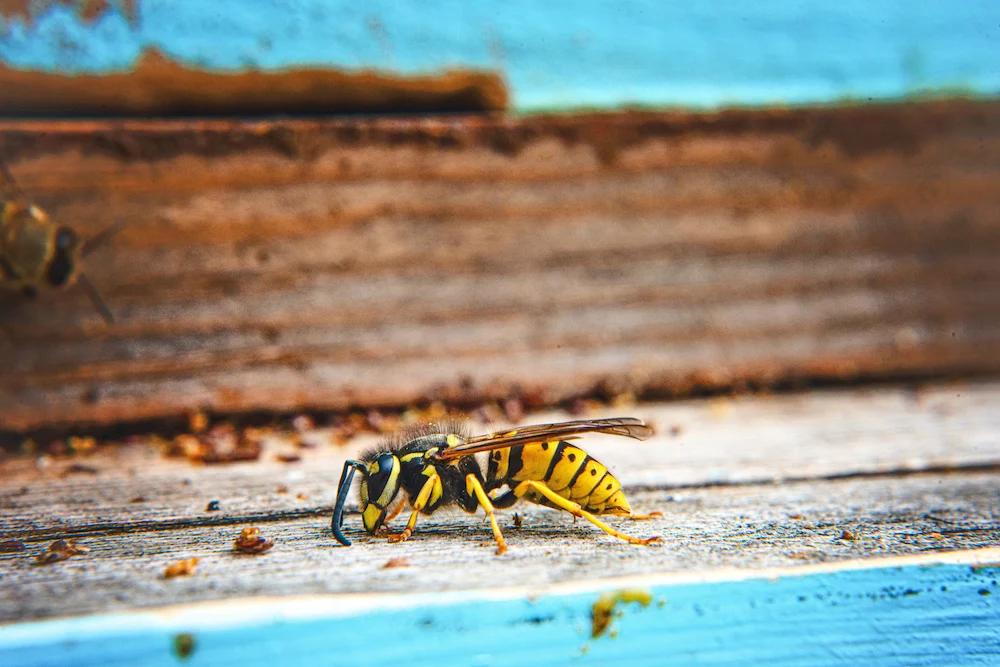Summary: Learn why yellow jackets seem more aggressive in autumn, what’s happening inside their colonies, and how to reduce risky encounters around your home—plus when to call Romney Pest Control for safe nest removal and ongoing protection.
If it feels like wasps get bolder as the weather cools, you’re not imagining it. Late summer through fall is prime time for run-ins with yellow jackets near porches, trash bins, tailgates, and playgrounds.
In this guide, we explain what’s changing inside their colonies, why their priorities shift, and how to stay safe until a professional can step in. We’ll also share simple steps you can take around your home to reduce encounters.
The Fall Shift Inside A Yellow Jacket Colony
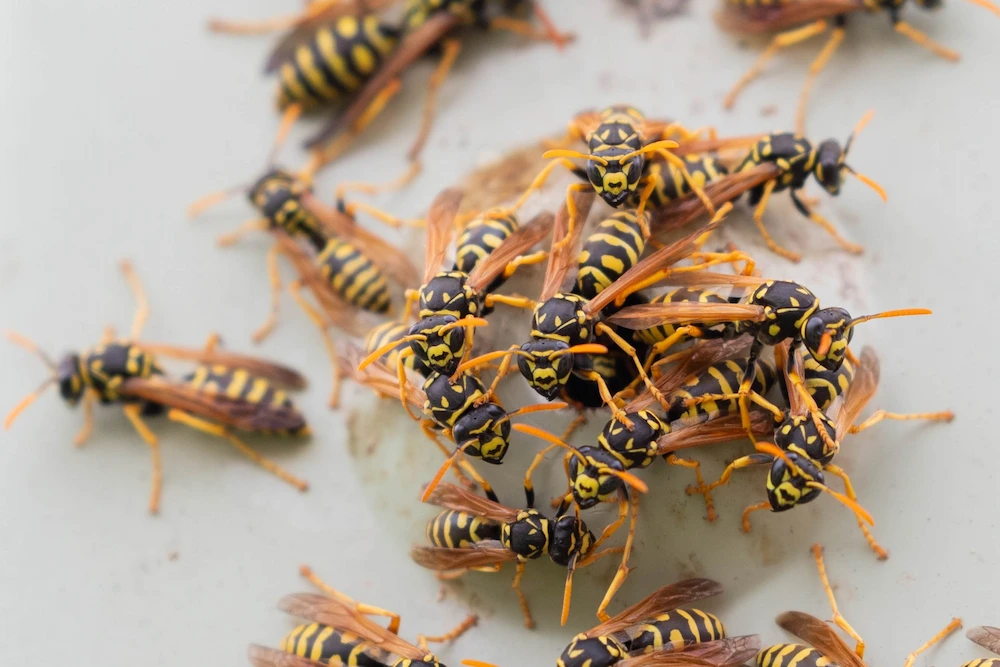
Colonies explode in size over the summer, then peak and unravel as temperatures drop. Fertile new queens leave to mate and overwinter, while the remaining workers and old queen decline. With fewer larvae to feed, the colony’s internal “sugar economy” collapses, pushing workers to wander farther and take more risks around people’s food and drinks.
That’s the short version of Yellow jackets in fall: big populations, failing food pipelines, and stressed workers. Add cooler weather that extends their active daylight hours, and you get more frequent—and more intense—encounters.
- Colony peaks now: more workers = more chances for conflict.
- Sugar crash: fewer larvae producing sweet secretions, so adults target sodas, fruit, and BBQ.
- Weather window: comfortable temps keep them active longer each day.
So, Why Do They Act So Bold?
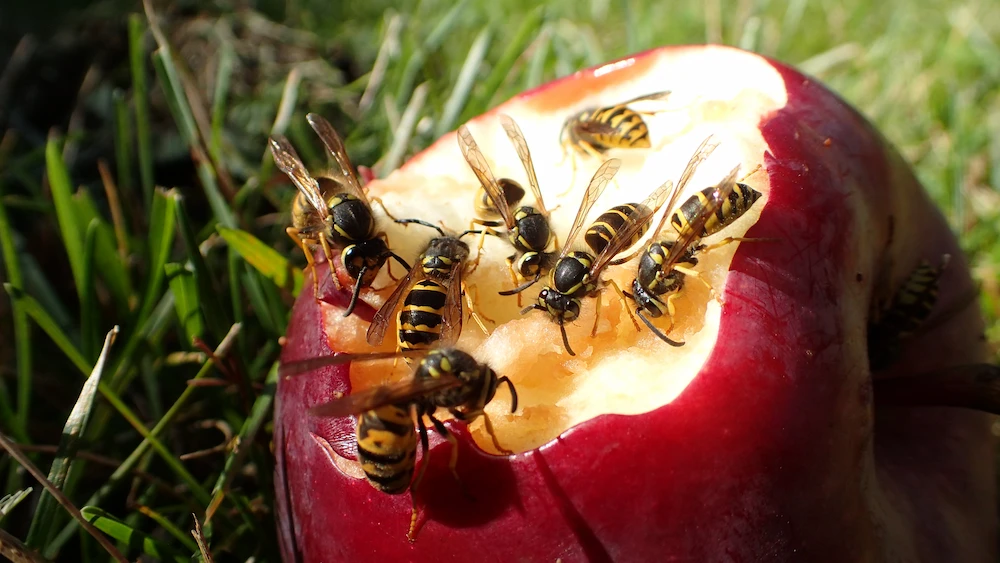
If you’ve ever wondered Why yellow jackets are aggressive this time of year, it comes down to resources and survival. Workers that once tended brood now switch to foraging and guarding dwindling supplies. Food competition makes them quicker to defend trash cans, picnic tables, and fallen fruit. When disturbed, they release alarm pheromones that recruit nestmates—escalating a single sting risk into a swarm response.
What They’re Looking For In Autumn
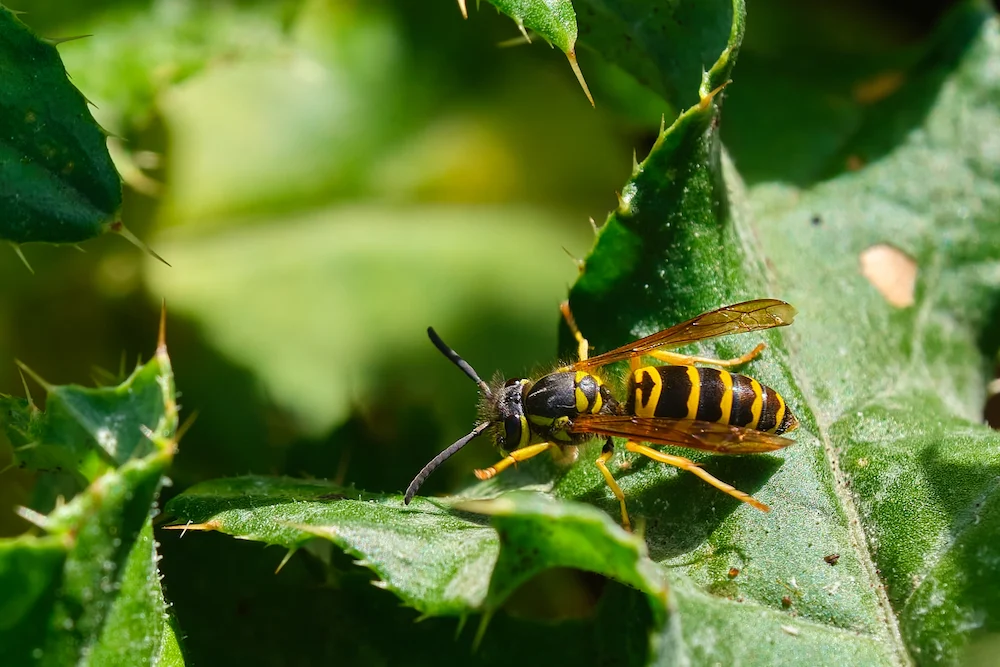
Once larvae production slows, adults pivot hard to carbohydrates. That’s why you’ll see Yellow jackets searching for food around open beverages, tailgates, and outdoor events. They’re also still opportunistic predators, picking off caterpillars, flies, and bits of meat. Any easy calorie source becomes a hot spot—especially sugary drinks and ripe fruit.
Smart Prevention You Can Do Right Now
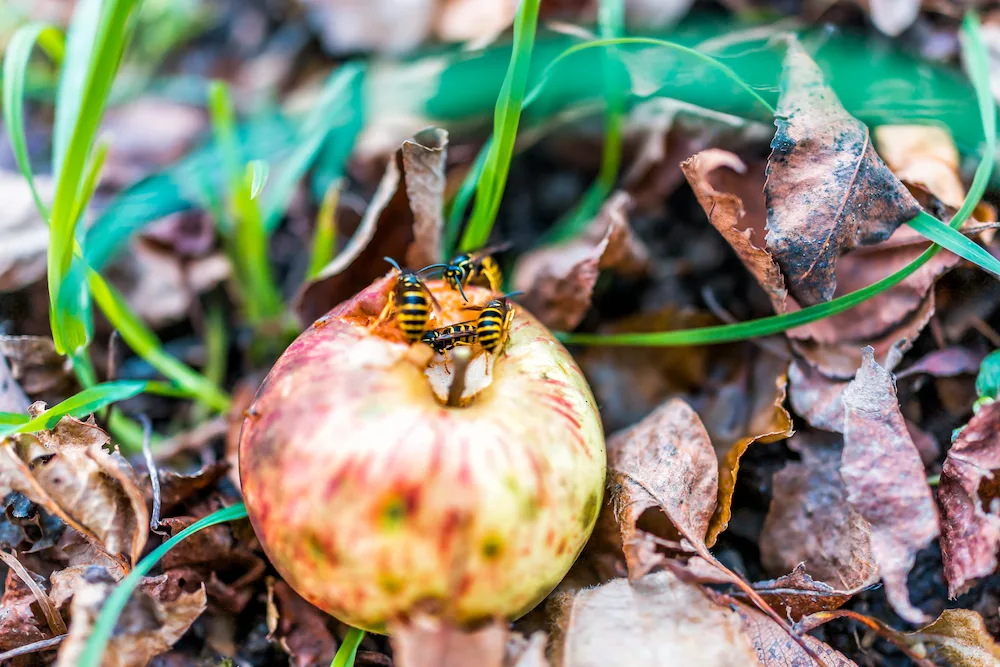
Use these quick wins to cut down on encounters and keep patios and play spaces calmer:
- Seal and cover: keep lids on trash, recycling, and compost; rinse sticky containers.
- Mind the menu: serve drinks with lids; clear plates fast; move desserts indoors.
- Yard check: pick up fallen fruit; reduce ground holes that can become nests.
- Keep distance: never swat; step away slowly if one circles you or your drink.
Seeing steady wasp traffic under eaves, in wall voids, or from a hole in the ground? That may indicate a nest entrance. Avoid vibrations (mowers, weed‑whackers) near the area and bring in the pros for safe removal.
Professional Help For Stinging Insects
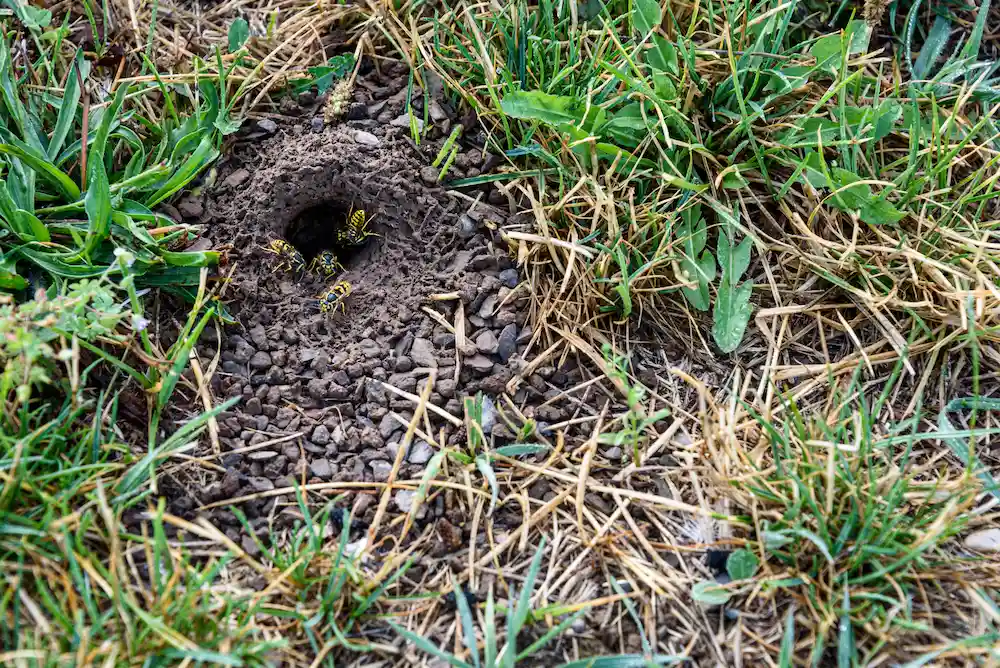
Romney’s technicians inspect structures and landscaping, identify the species, and remove or treat nests with safety-first protocols. If you need ongoing protection, our home pest control services include wasp nest removal and year‑round coverage designed for Texas homes. Need local support? Explore our Rockwall pest control options to see how we serve communities across the Dallas–Fort Worth area.
Safety Notes: What To Do If You’re Stung
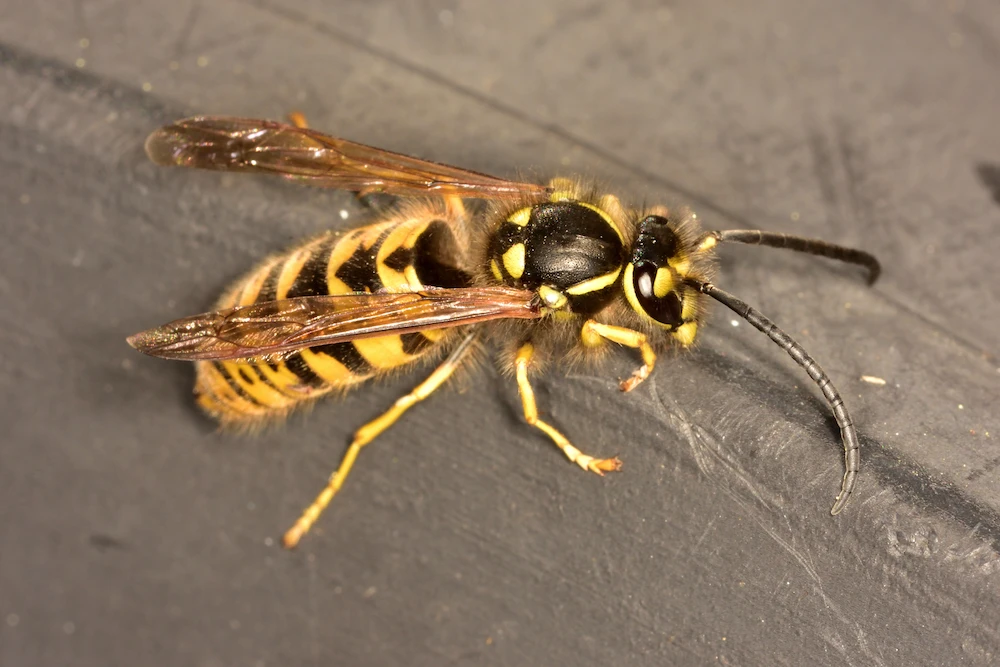
Clean the site with soap and water, apply a cold compress, and consider an oral antihistamine for itching and swelling if appropriate for you. Seek urgent medical care for signs of a severe allergic reaction (trouble breathing, swelling of the face or throat, dizziness).
Understanding Fall Stinging Insect Behavior
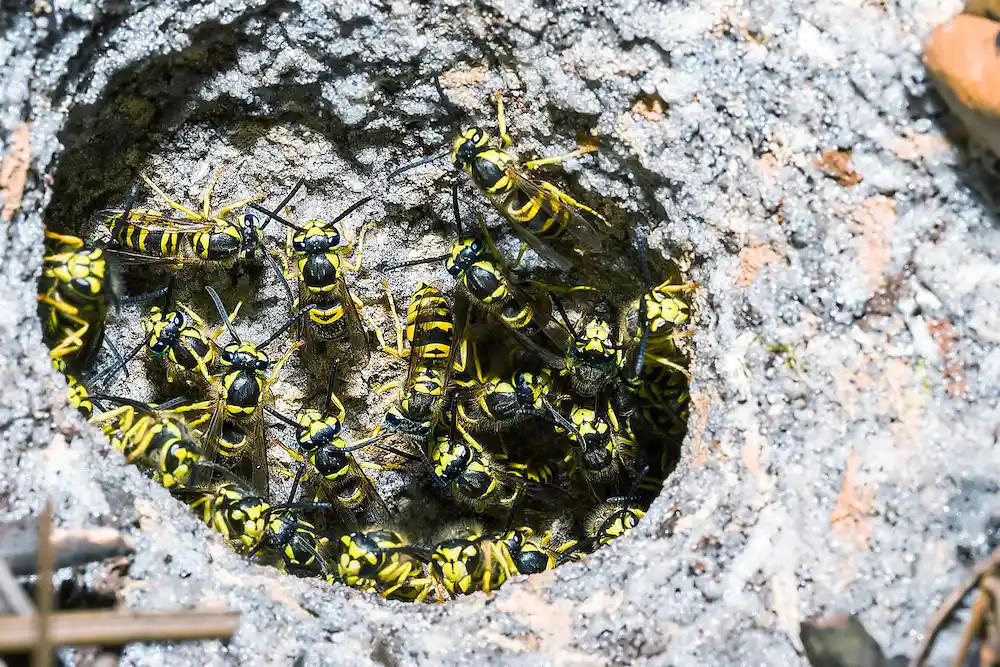
A little knowledge goes a long way. Learn to read Fall stinging insect behavior: watch flight paths to locate nest entrances, schedule yard work during cooler morning hours, and keep sweet scents (lotions, perfumes) to a minimum when hosting outdoors. Small adjustments now can dramatically reduce close calls until winter shuts colonies down.
Get Ahead Of The Fall Rush
Fall is when encounters spike—but it’s also the best time to break the cycle before next season. Romney Pest Control is ready with targeted treatments, safe nest removal, and practical guidance tailored to your property. We are determined to keep your home pest-free in every season, rain or shine!
Call or request a free quote today, and enjoy your outdoor spaces with confidence.
Citations
Sweetser, R. (2025, August 8). Wasps, yellow jackets, fire ants, and the stinging insects of late summer. Almanac. Available at https://www.almanac.com/why-bees-are-aggressive-late-summer-and-fall (Accessed on October 20, 2025).

